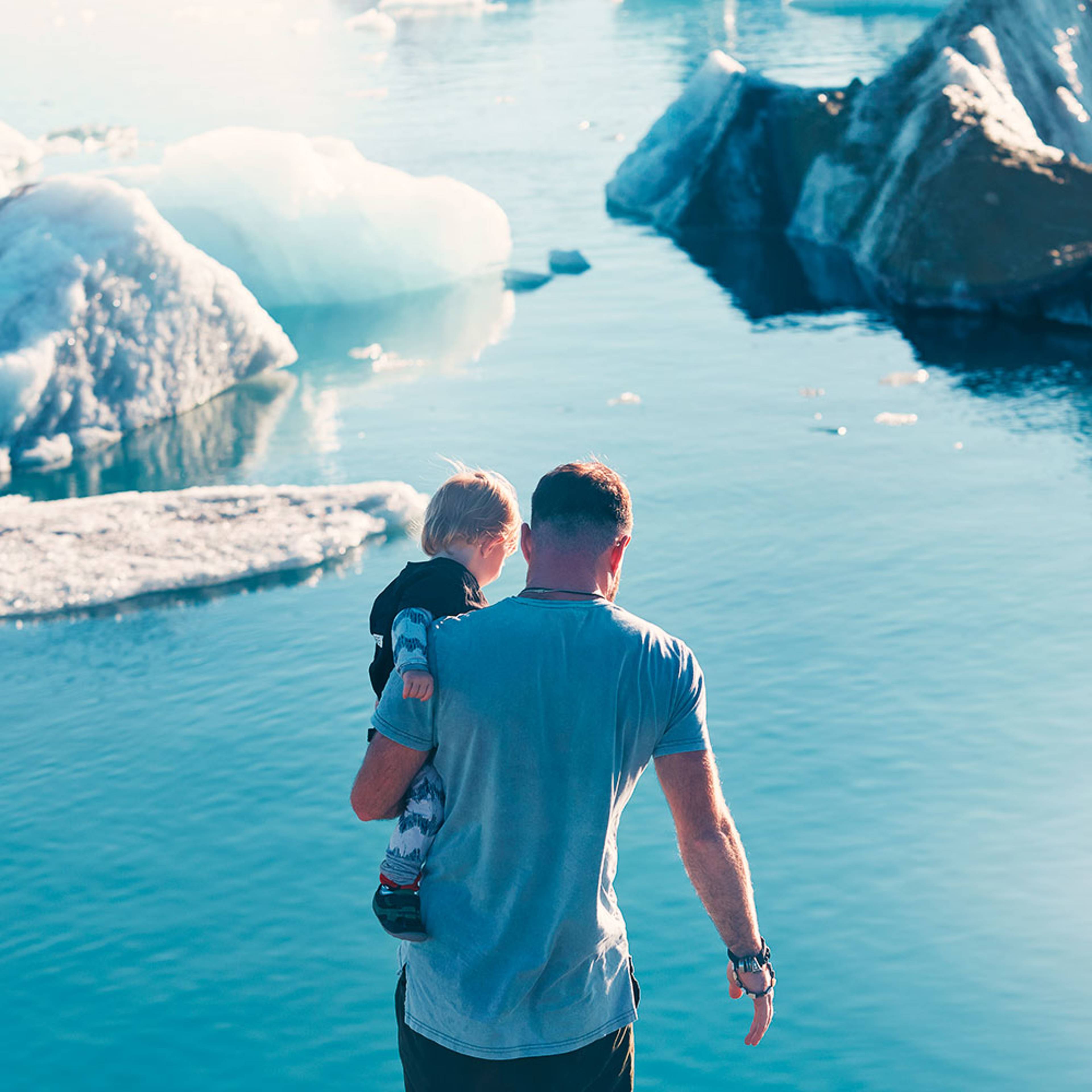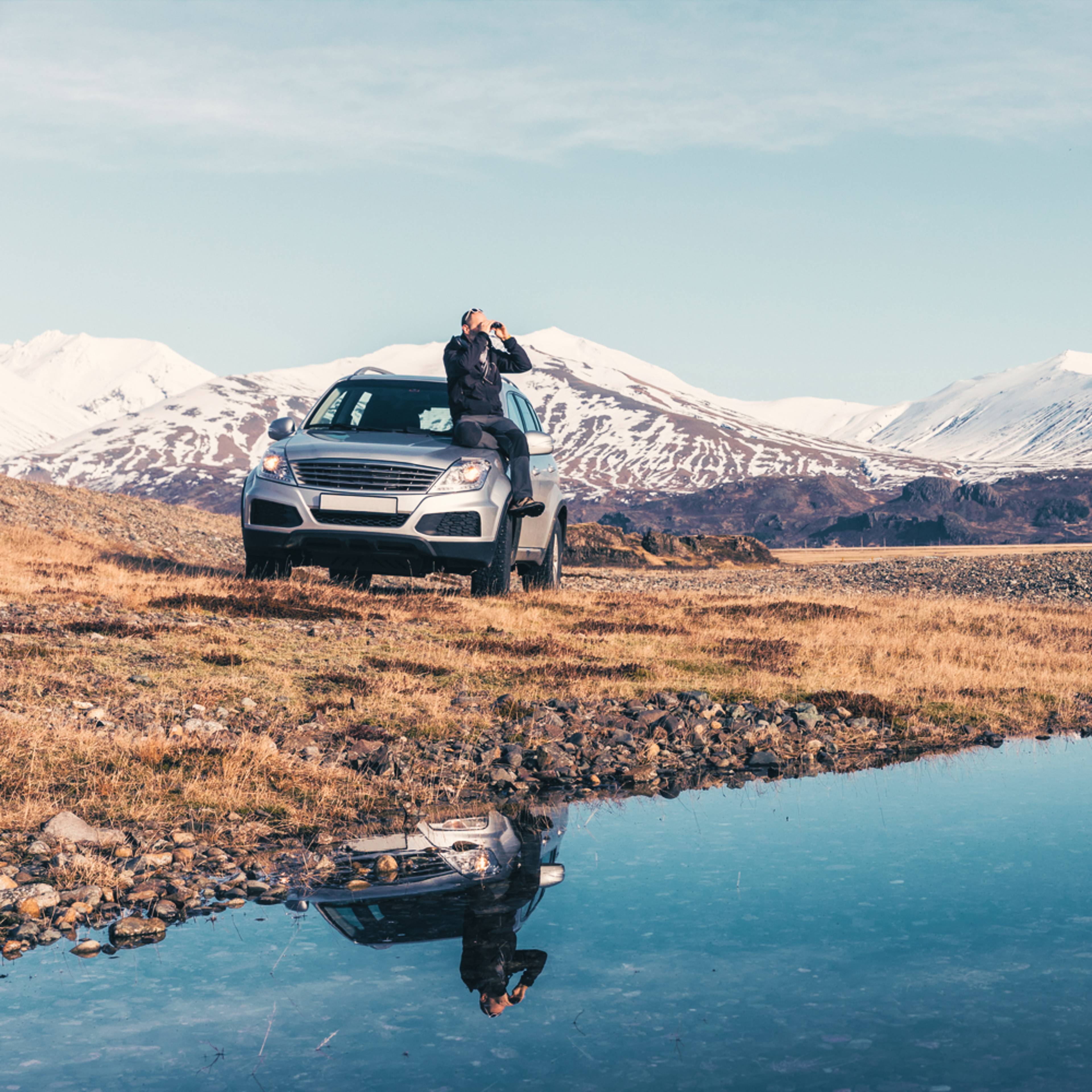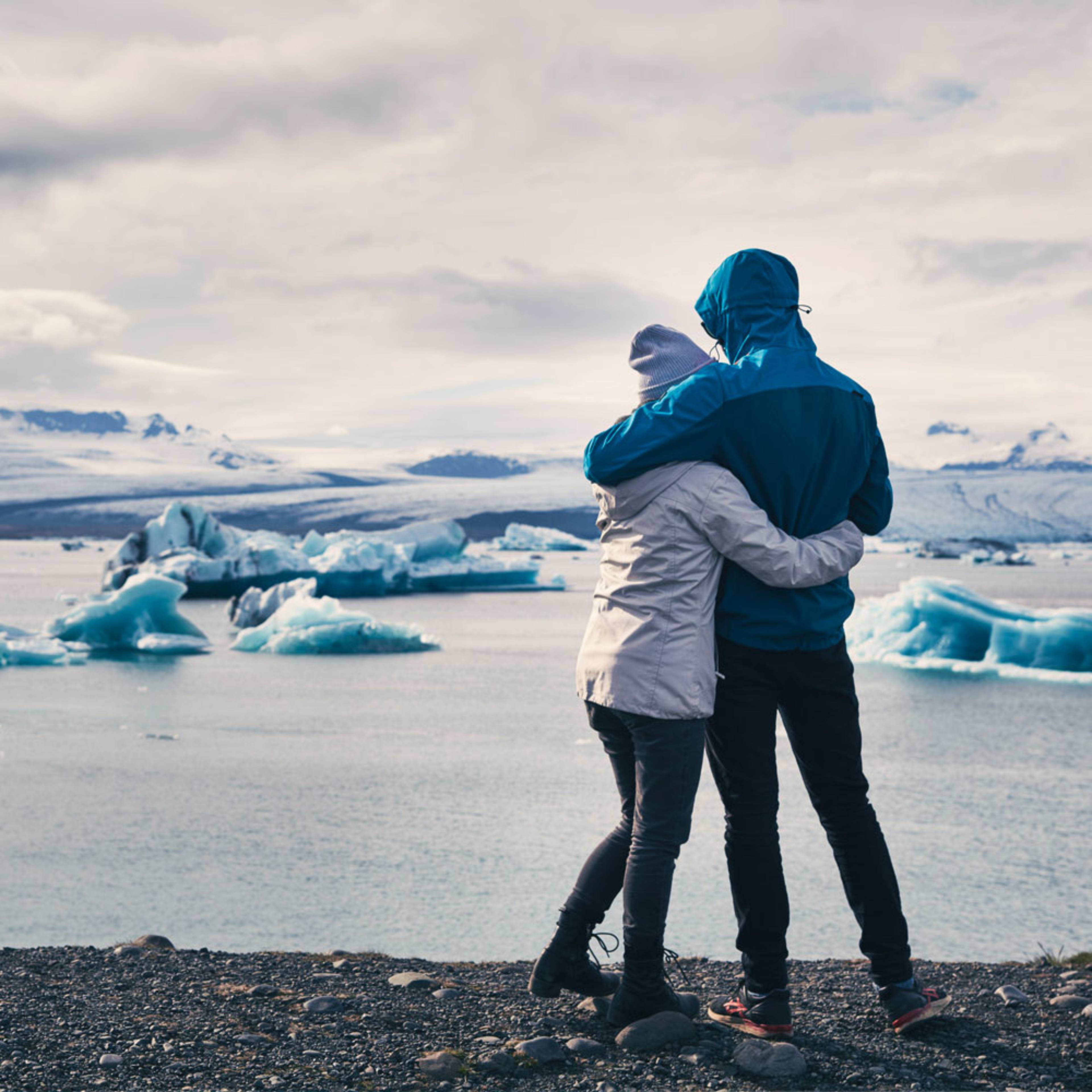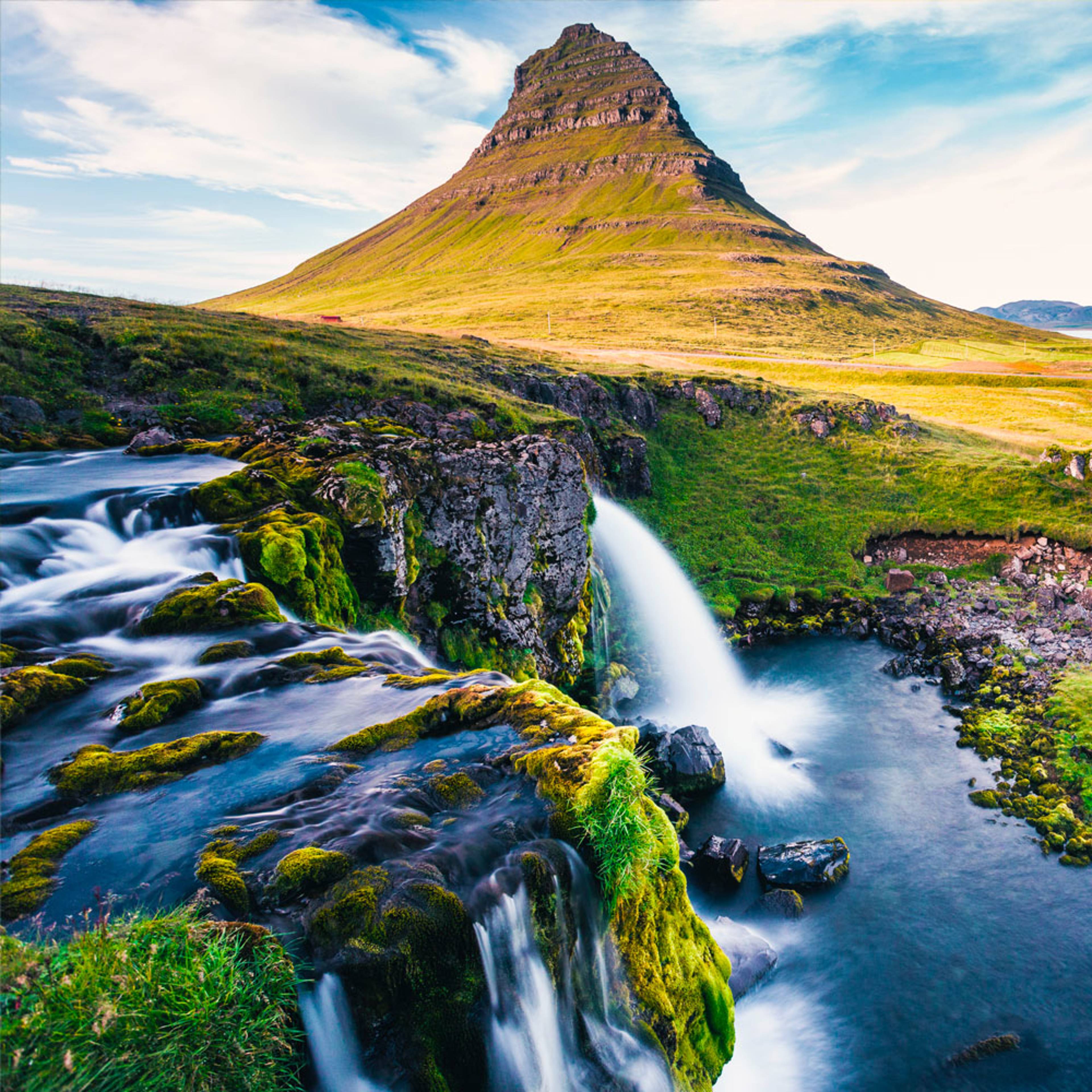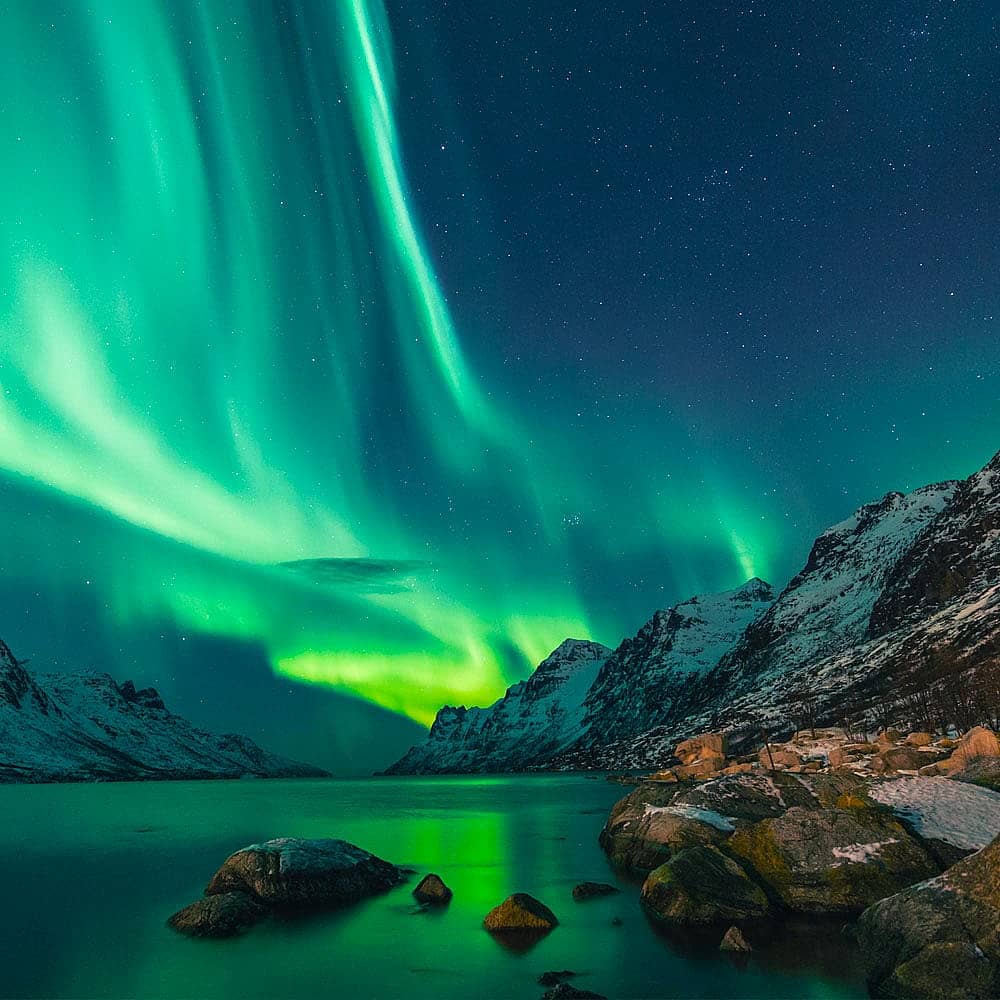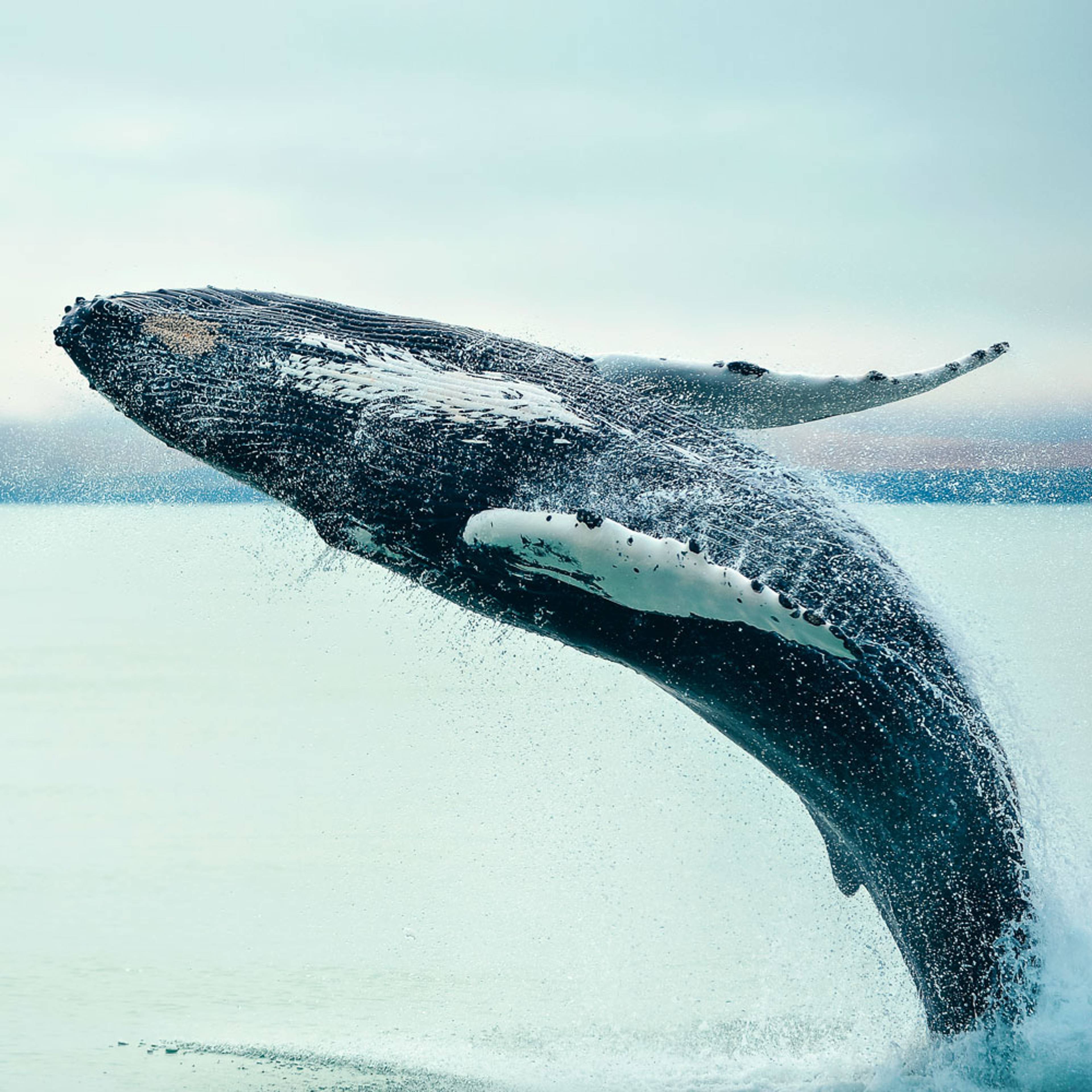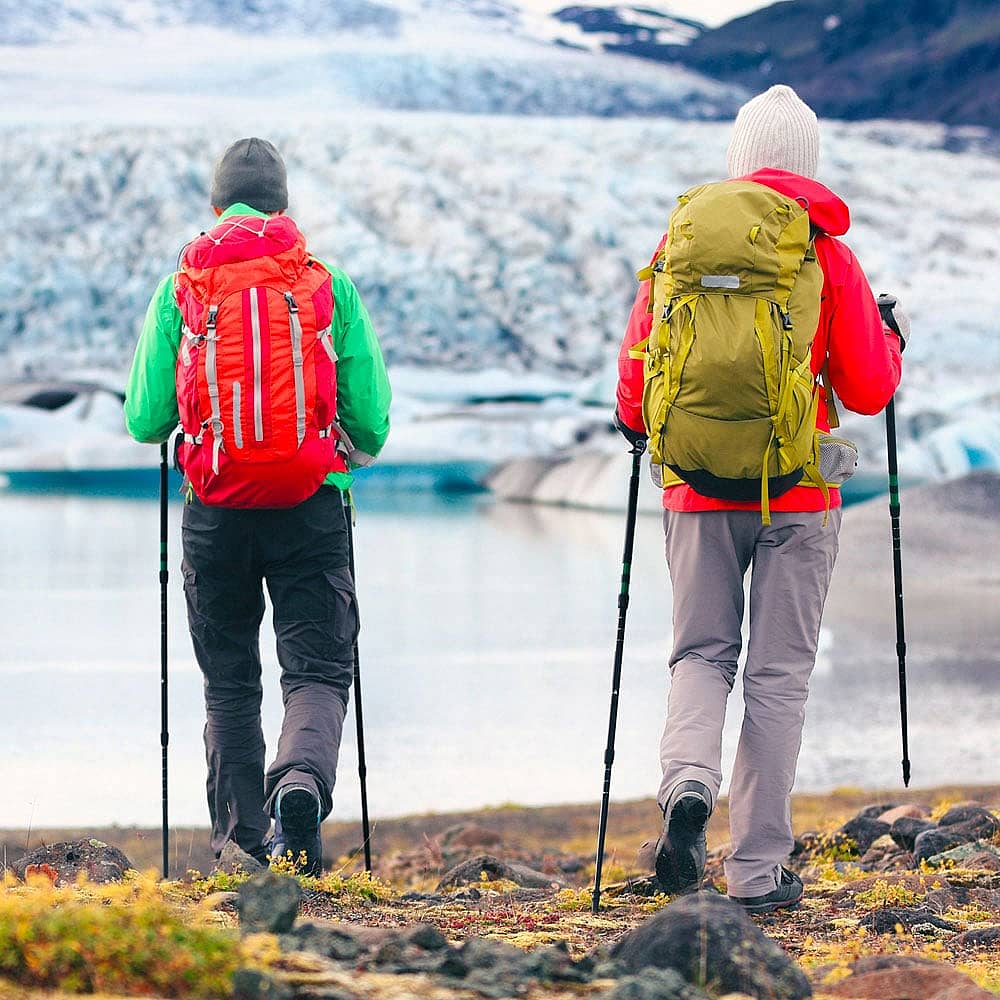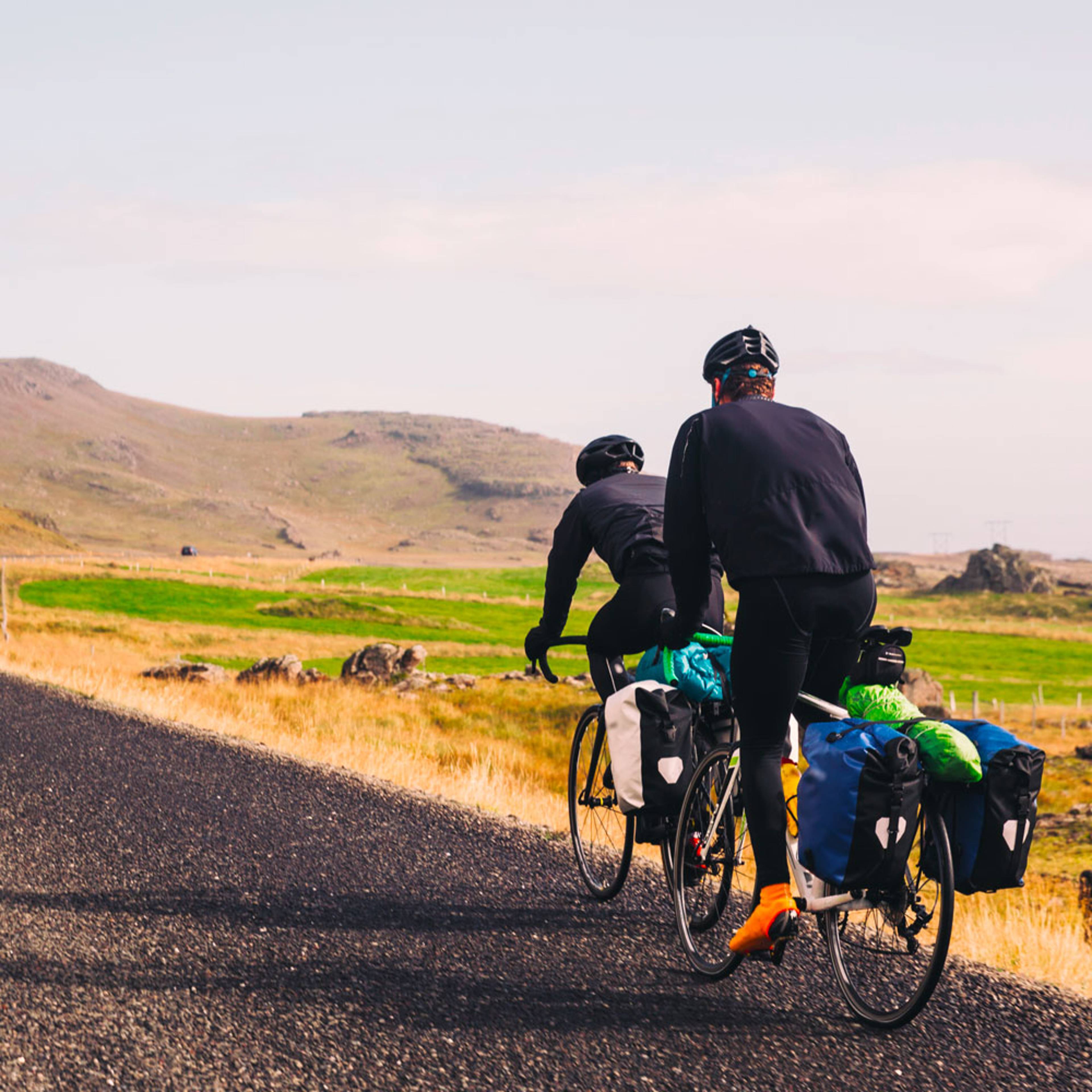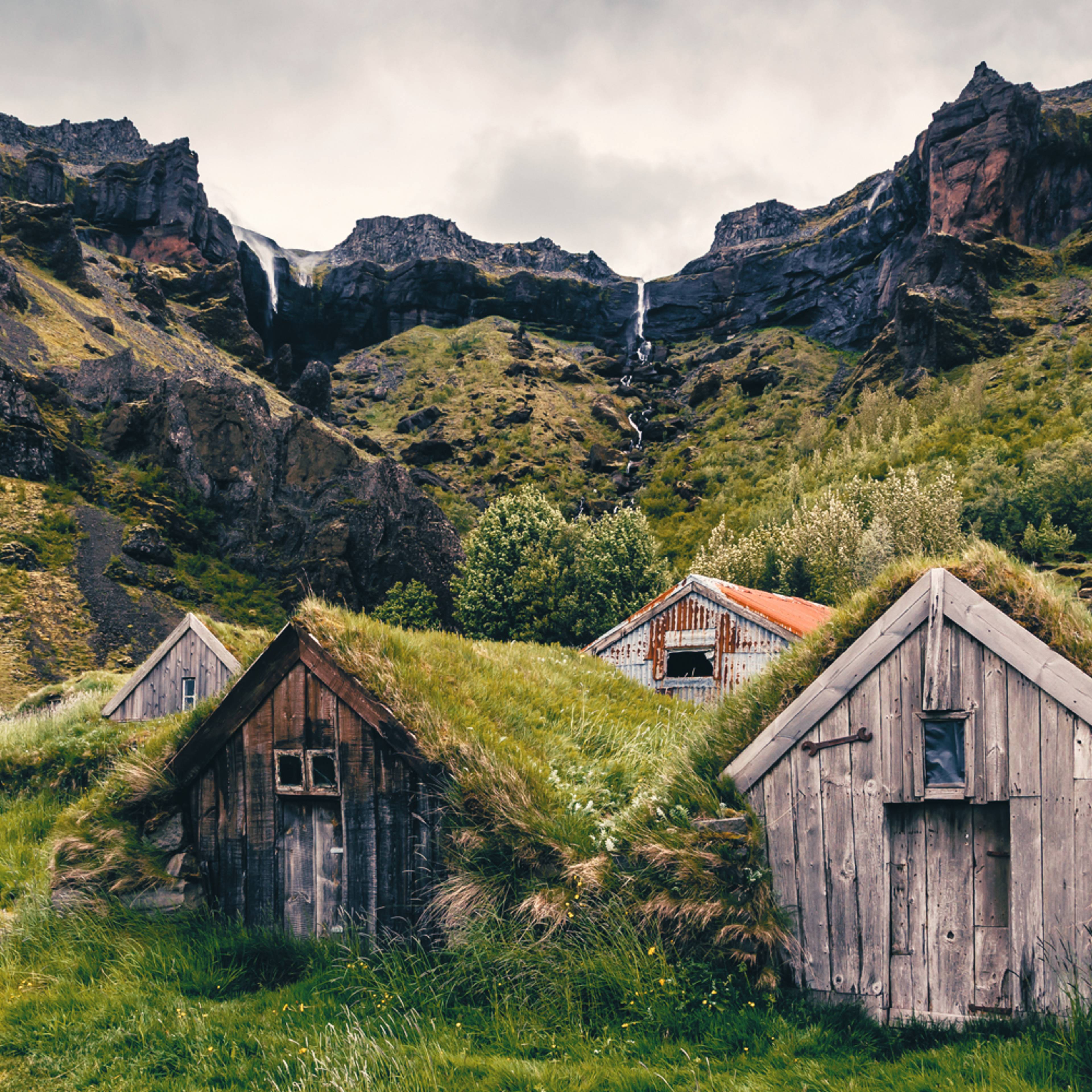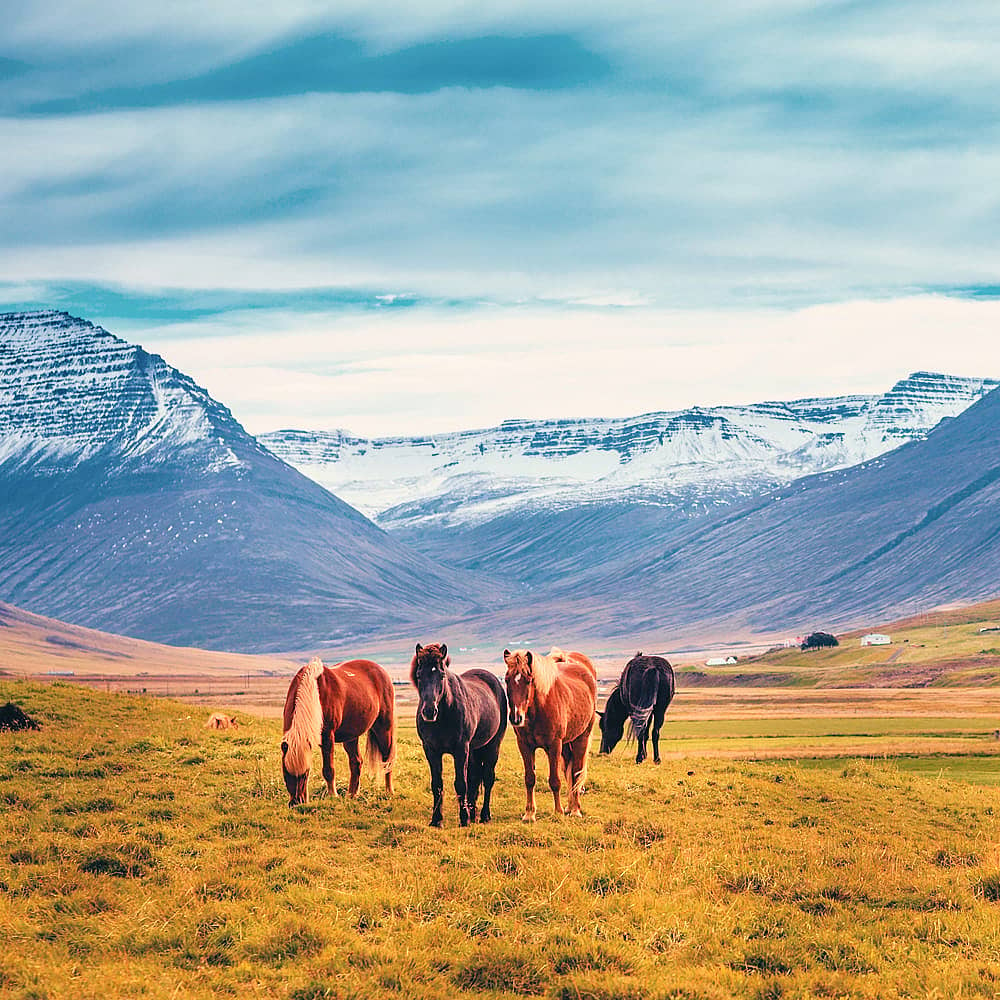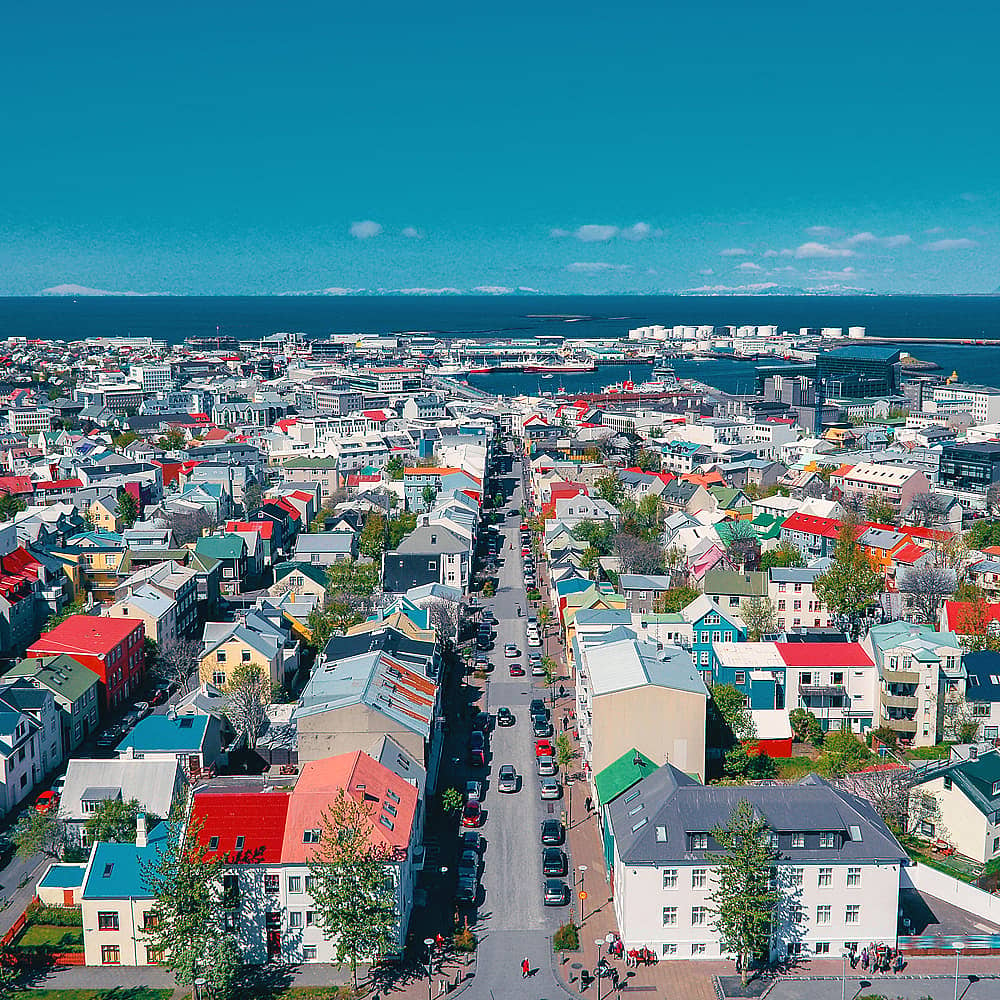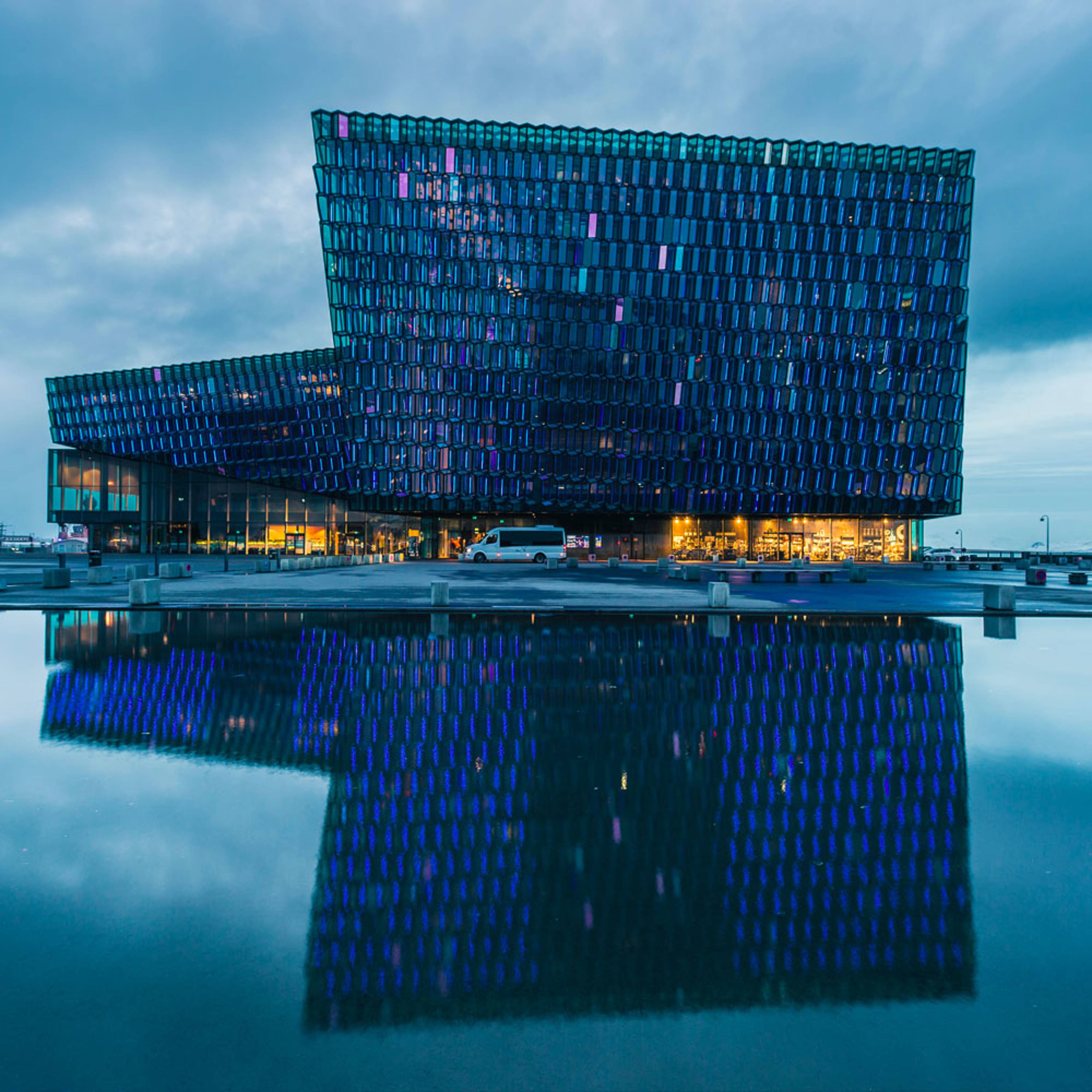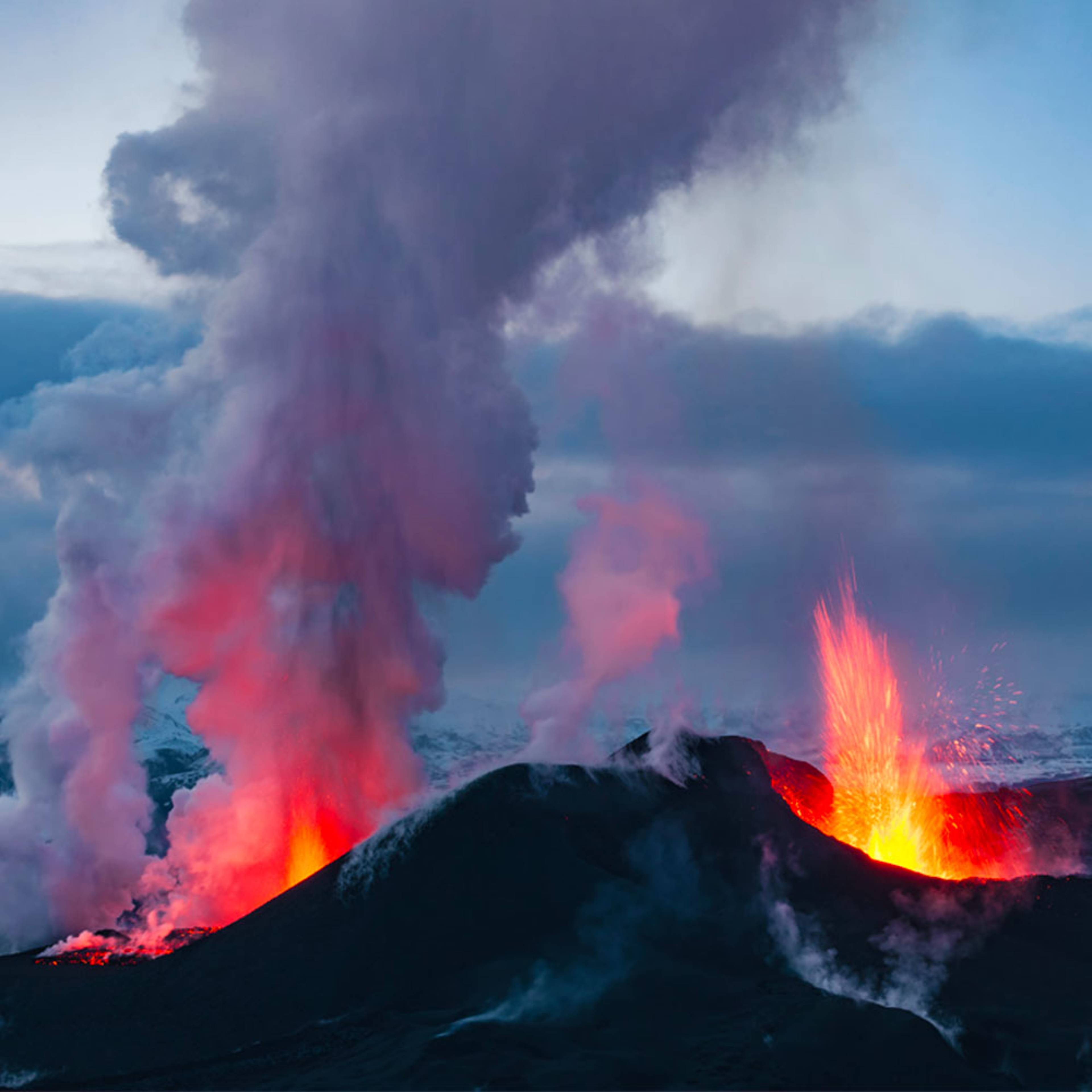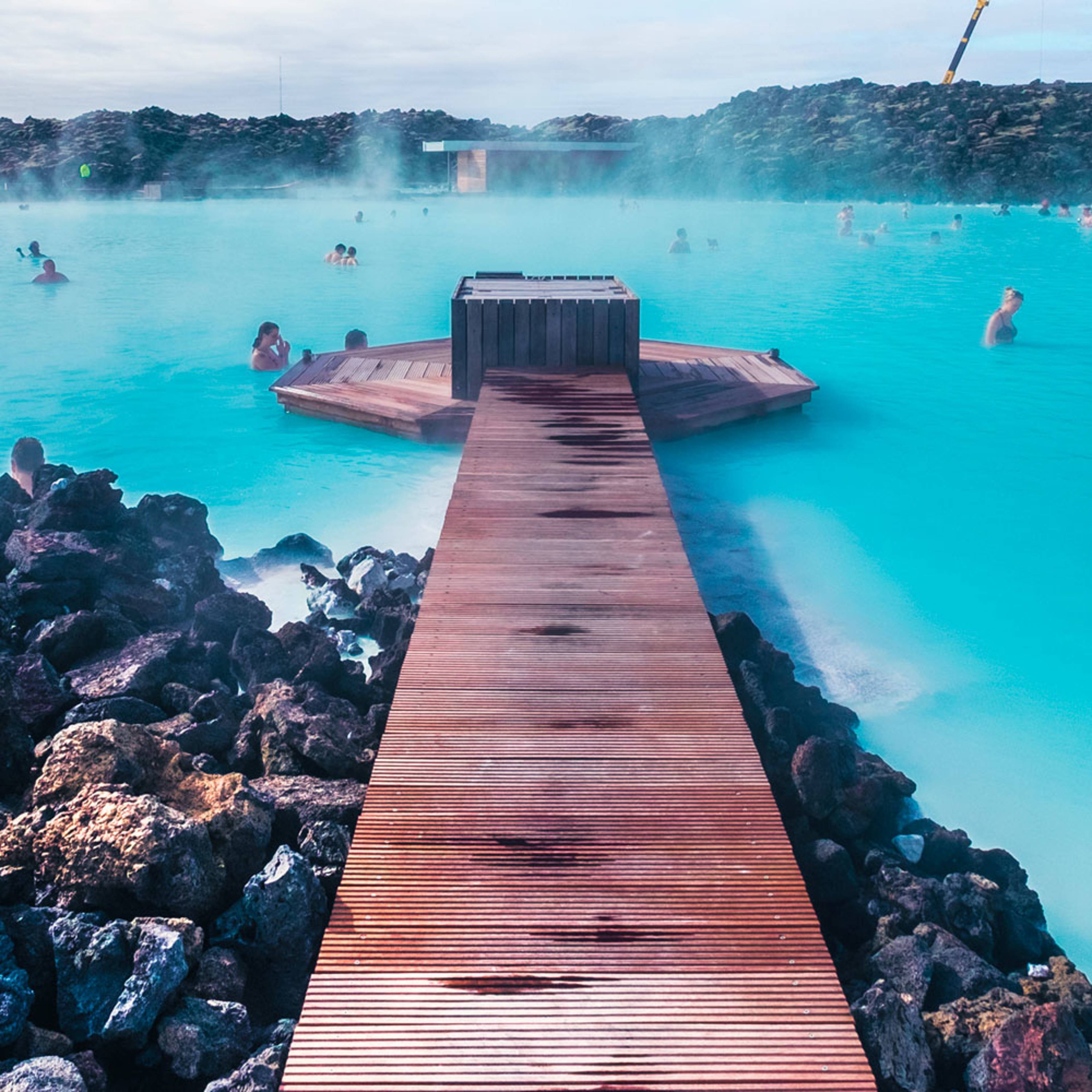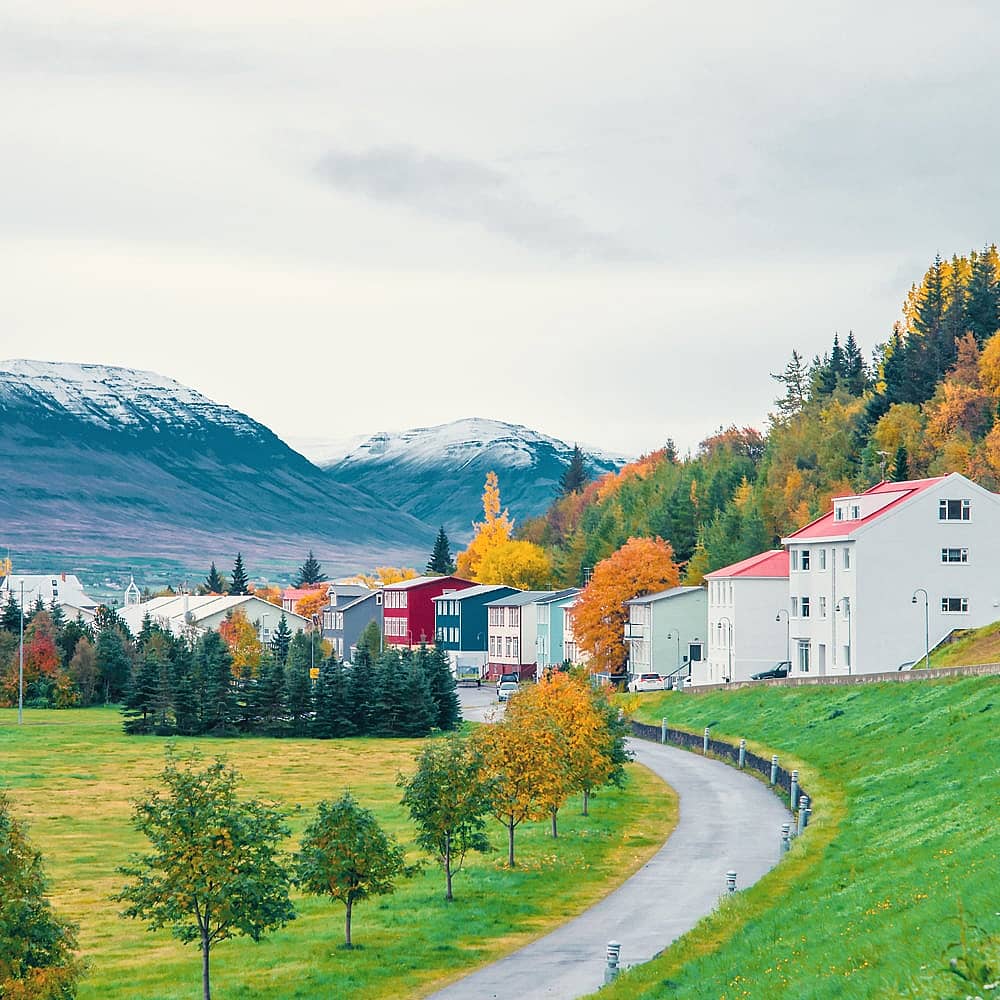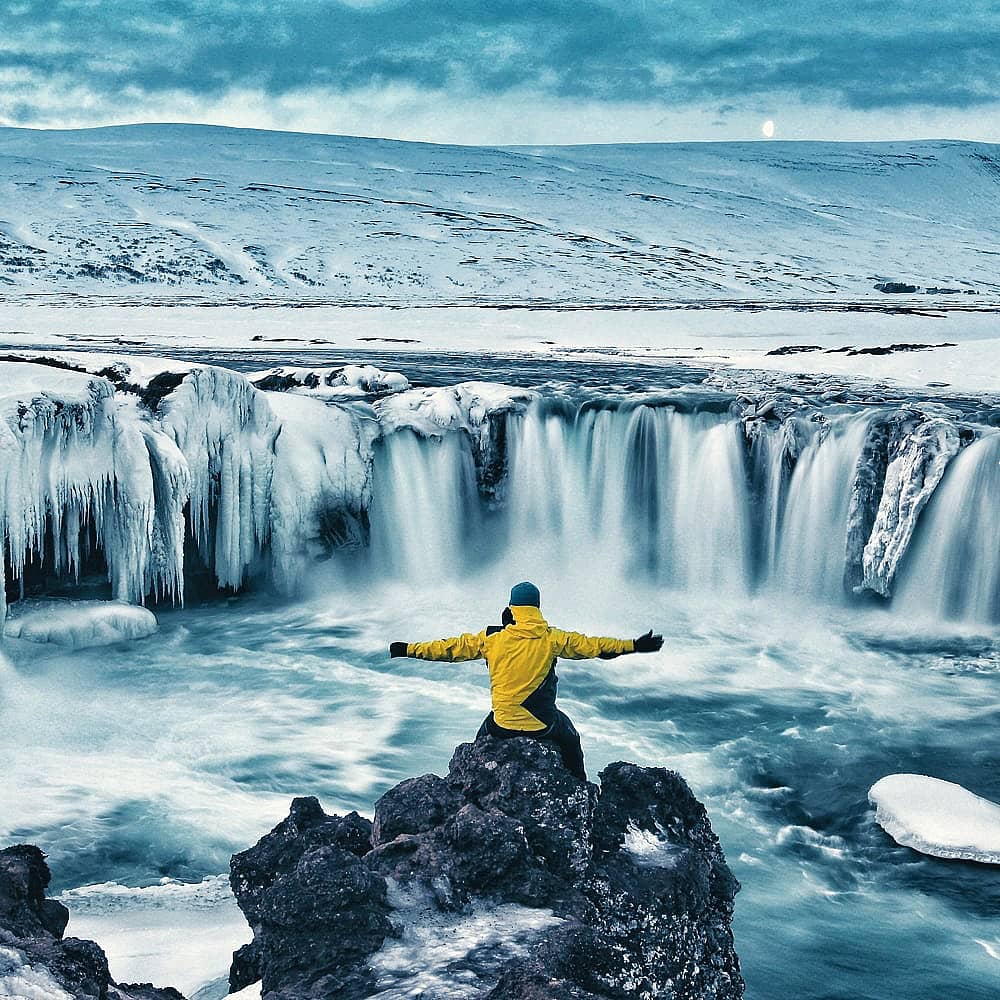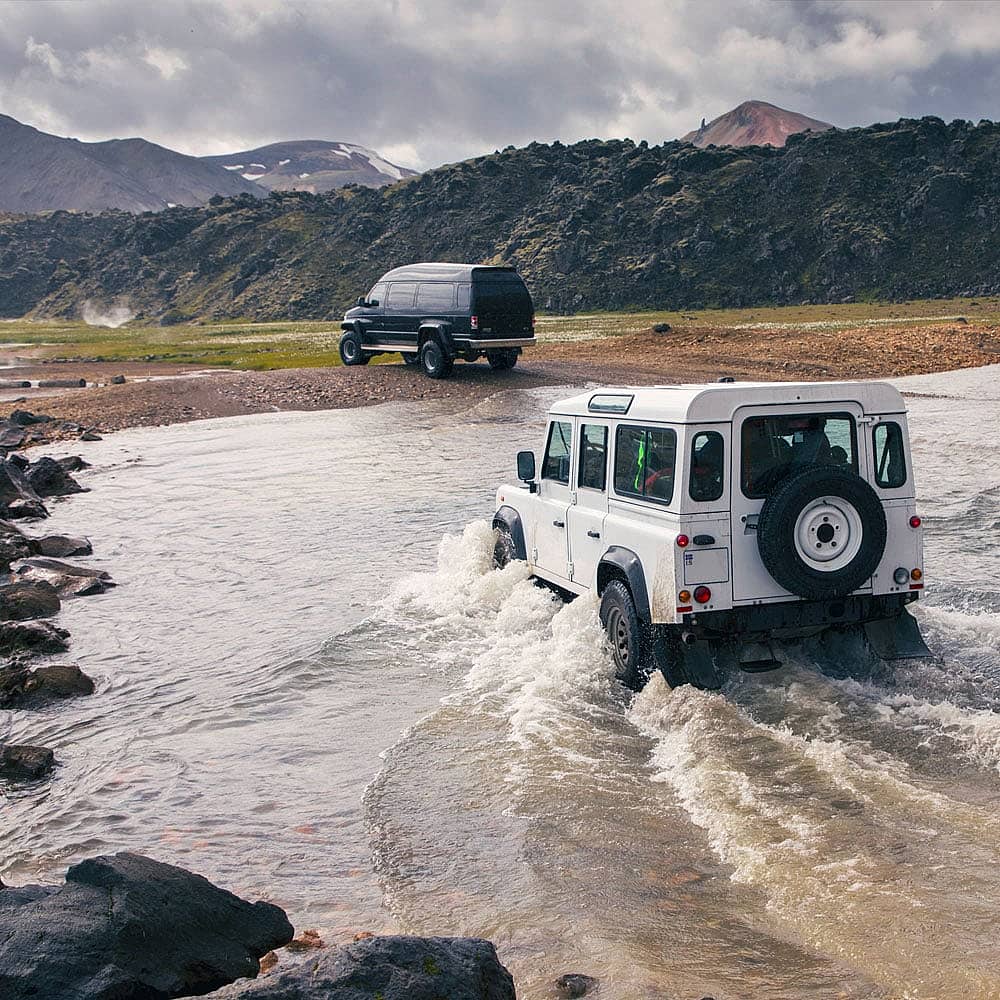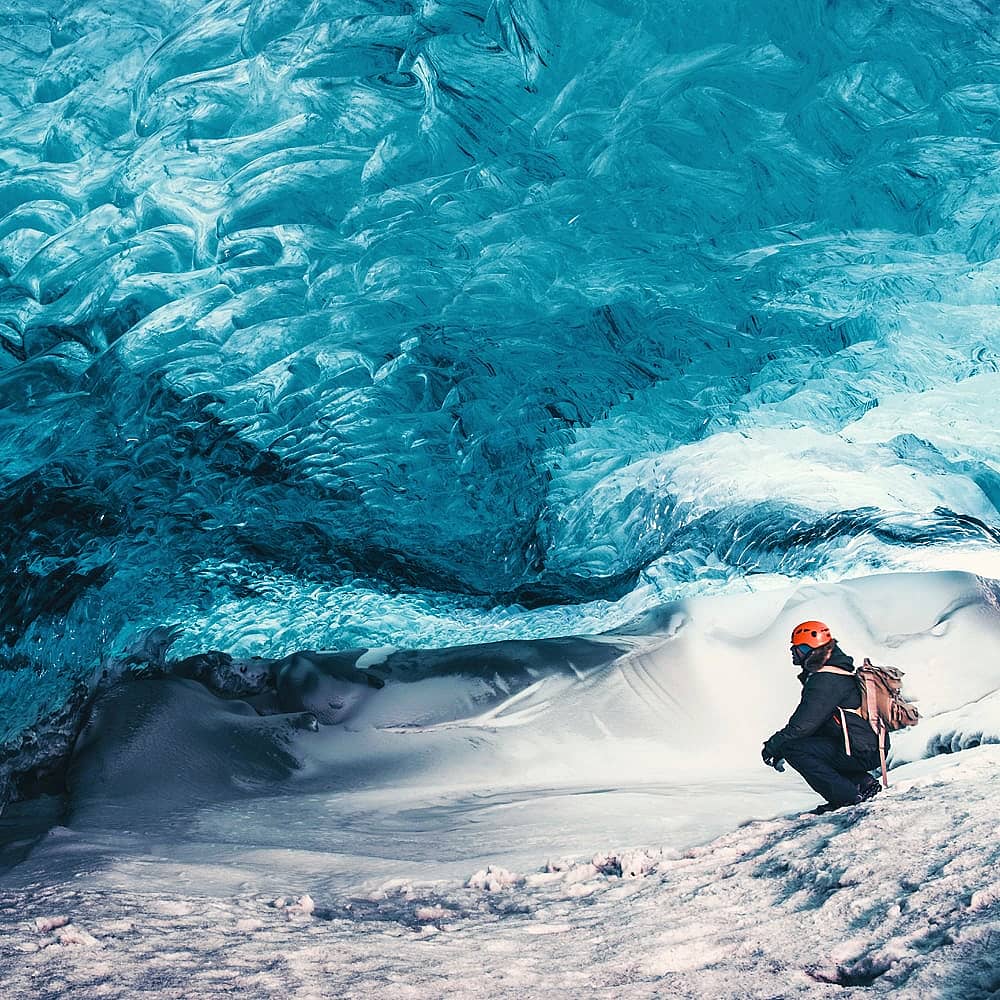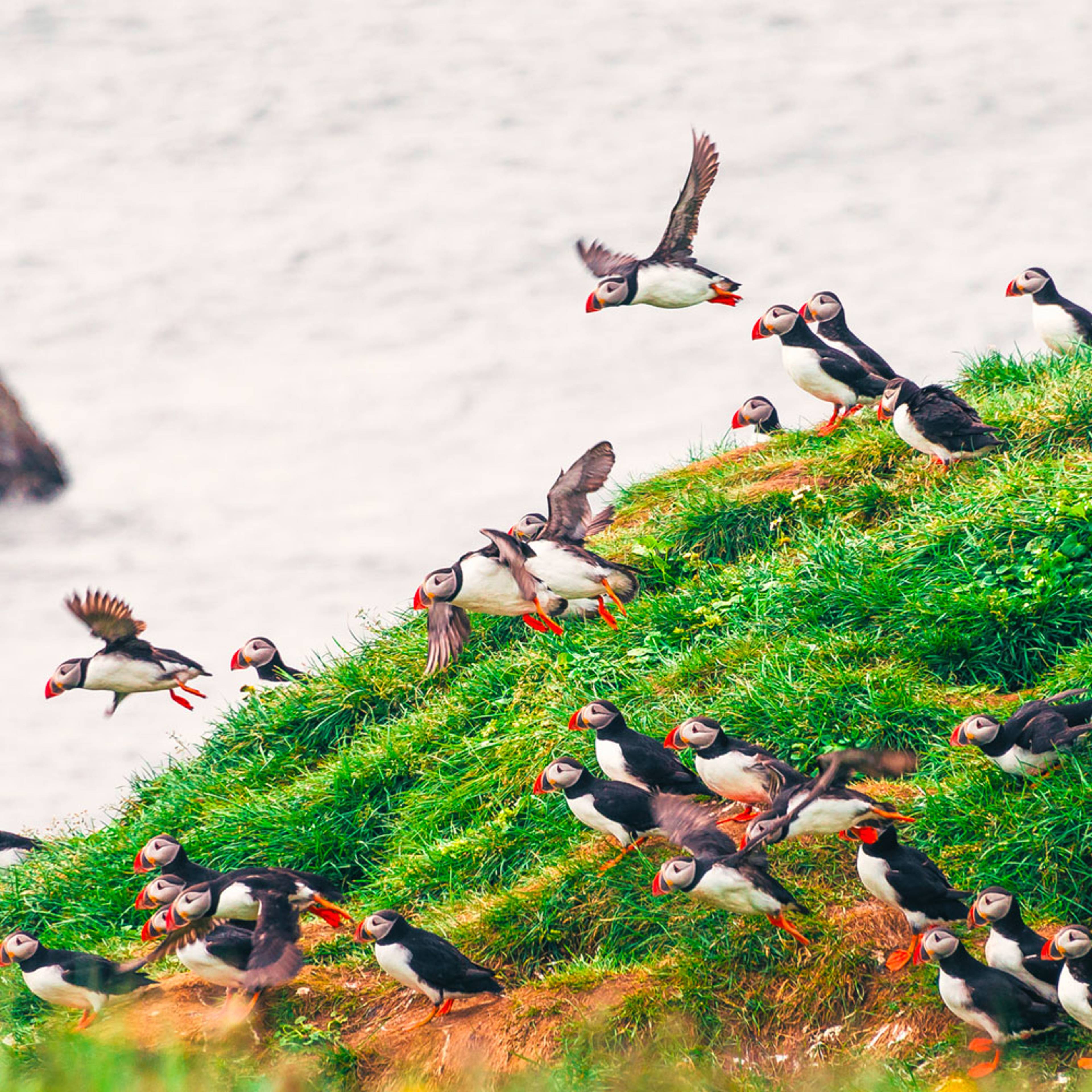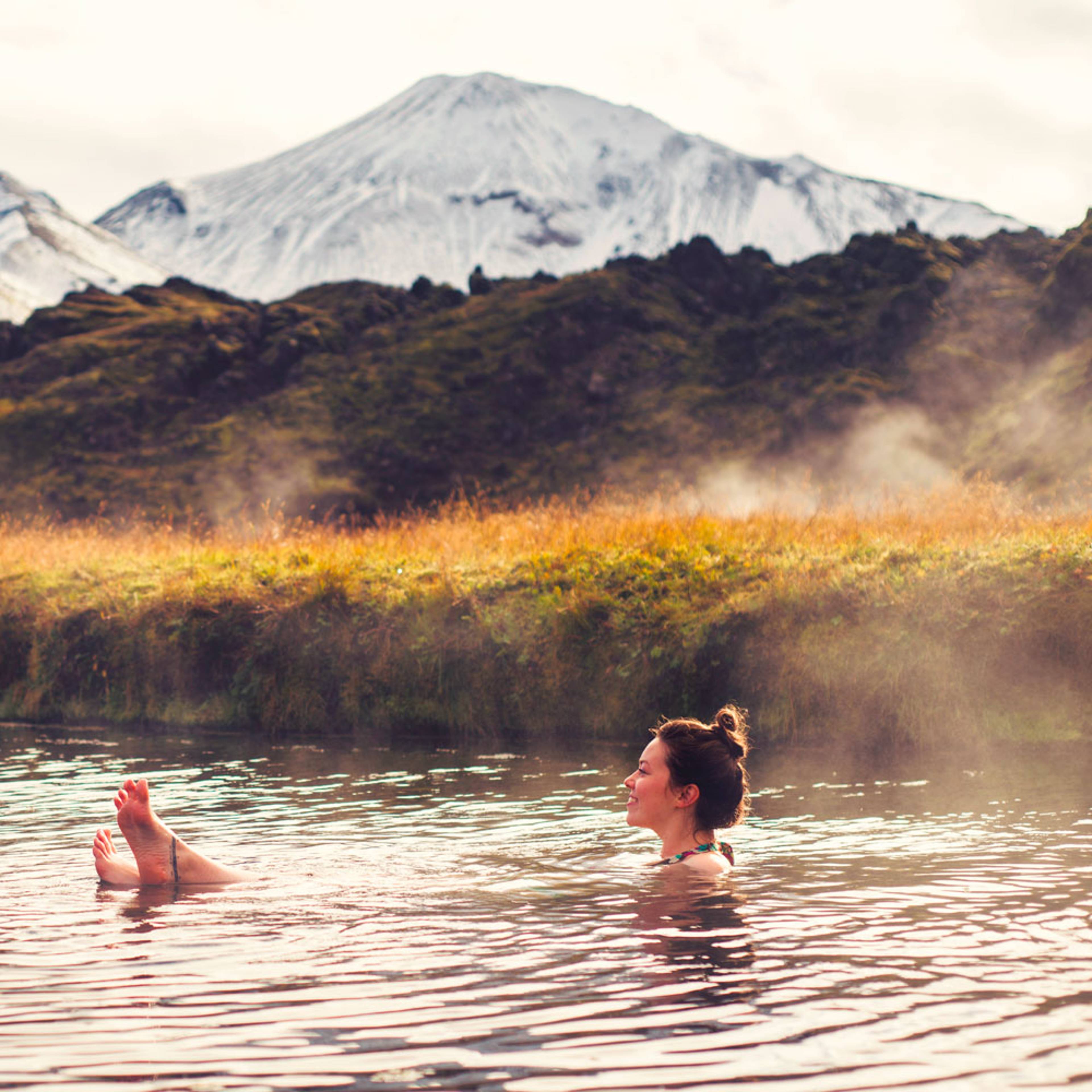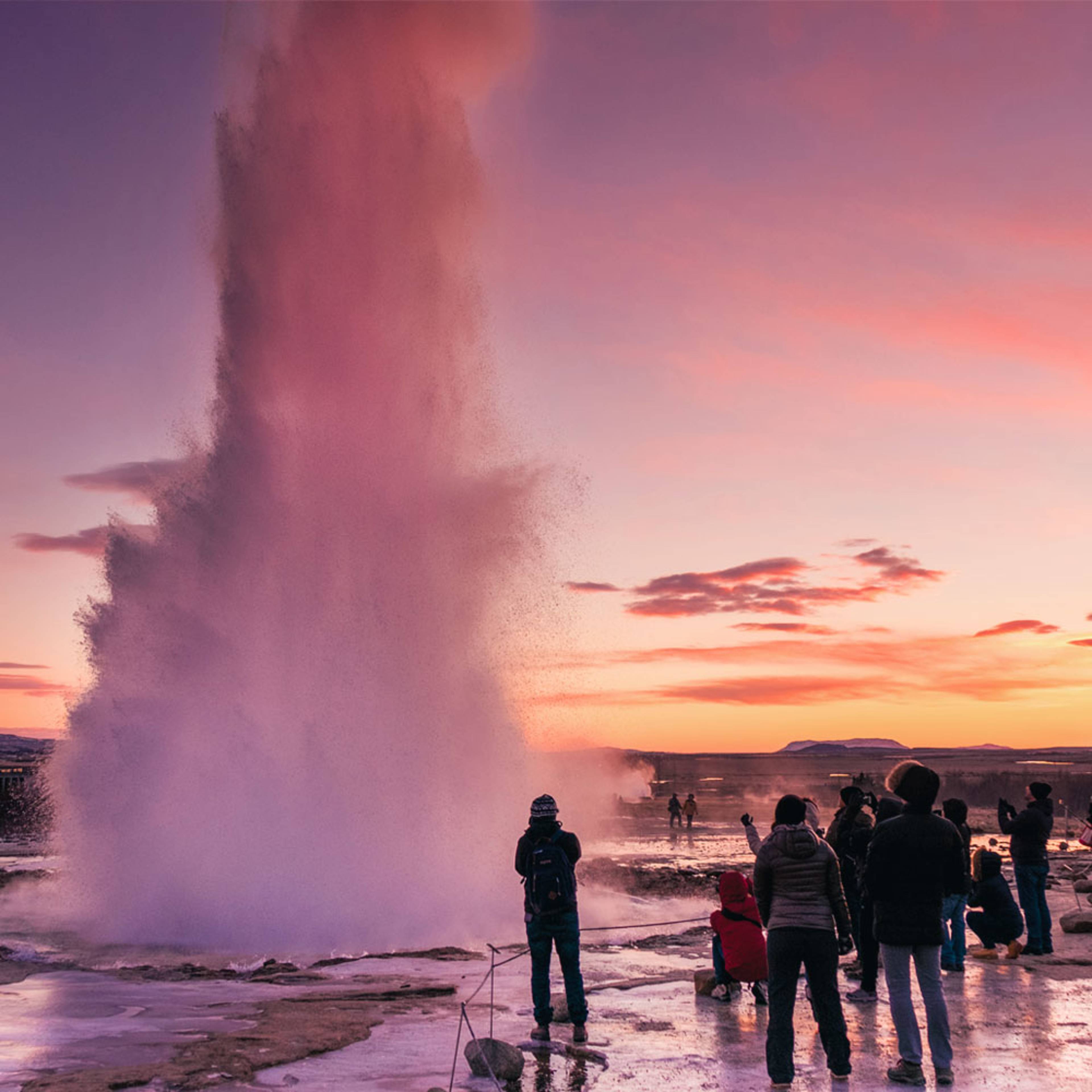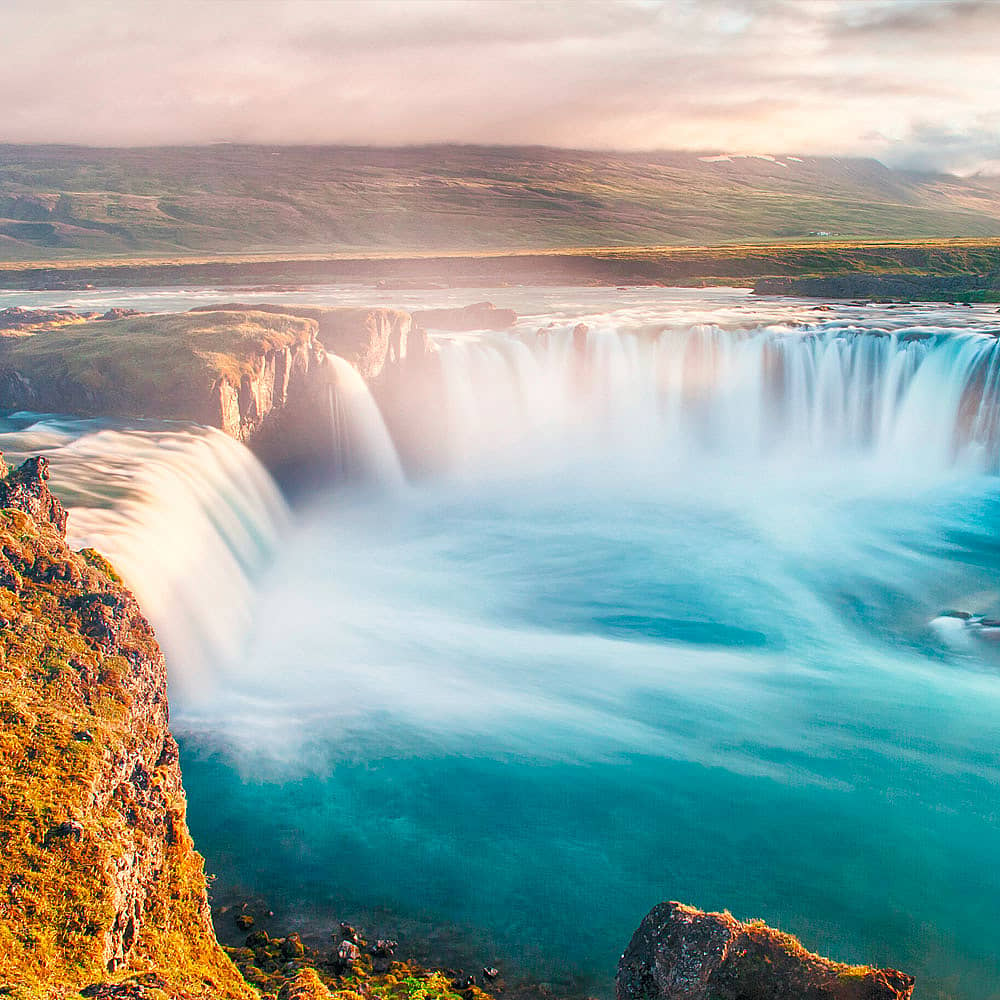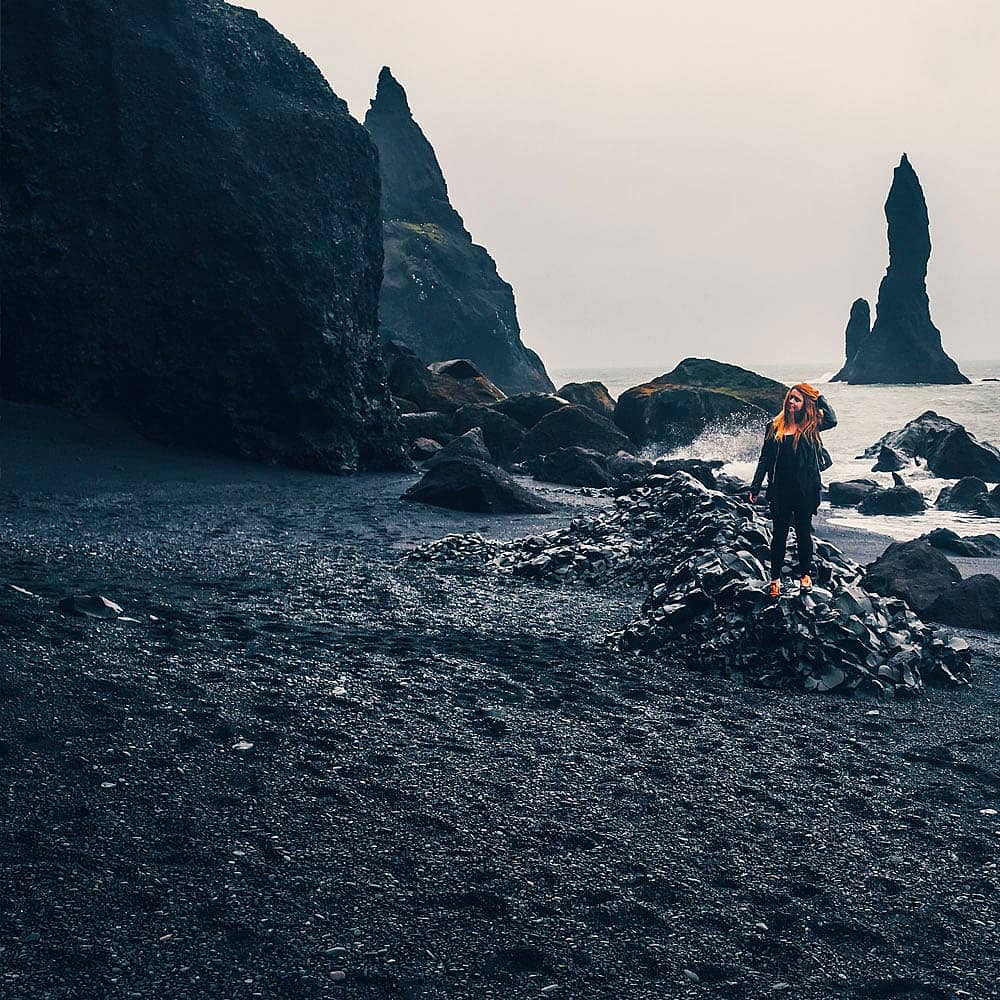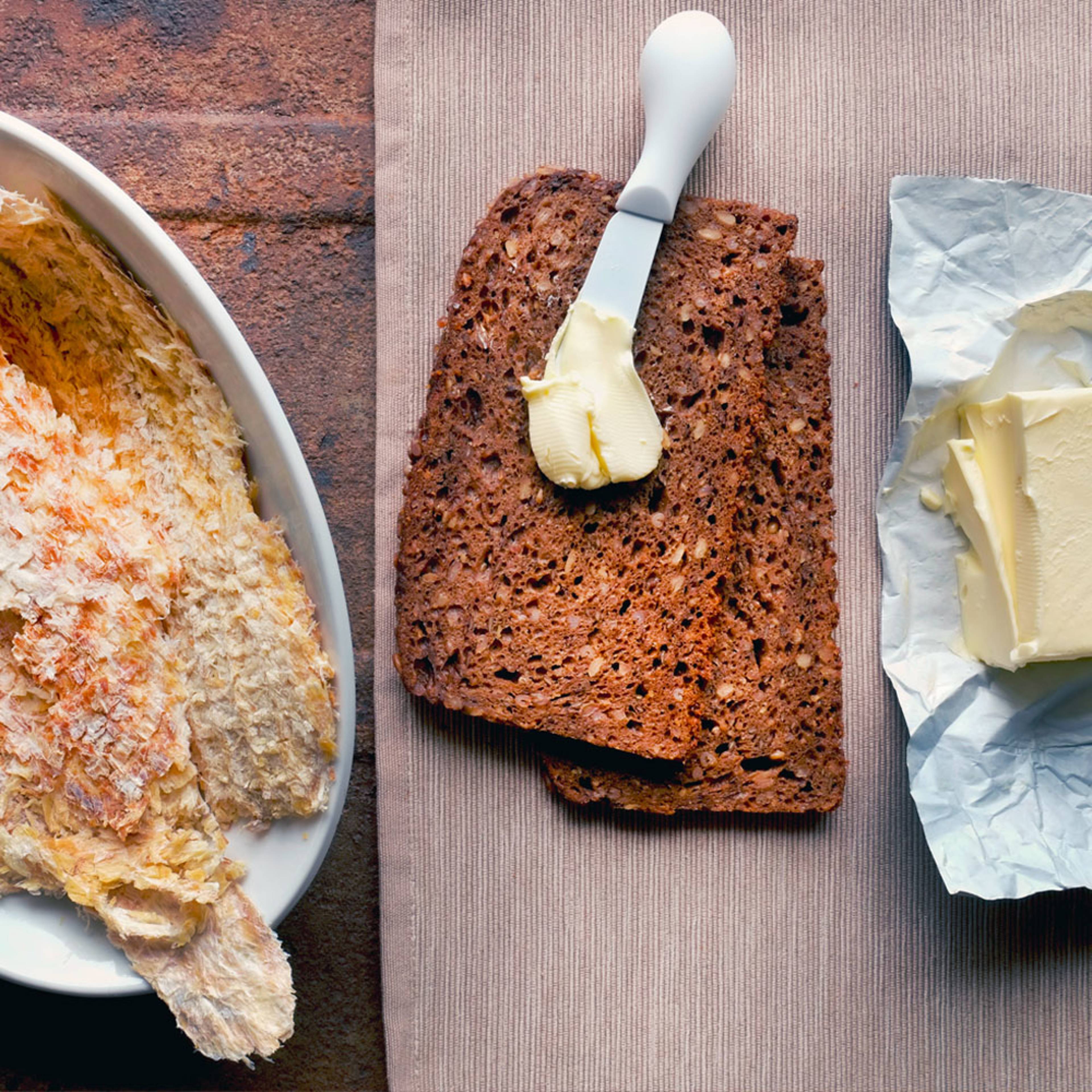

Start planning your Iceland nature tour
A truly unique island in northern Europe, Iceland’s natural landscapes will leave you in awe. Its raw beauty comprises deep, dark valleys, active volcanoes, black-sand beaches, and stunning fjords. The untouched landscapes here makes Iceland one of the best places in the world to see nature at its finest.
What makes Iceland's nature unique?
Iceland’s varied landscapes, from the dramatic cliffs of the craggy coastline, to the vast, remote mountain ranges in its centre, make it a truly special place for nature lovers. It has two UNESCO World Heritage Sites, including the Vatnajökull National Park where volcanoes are notoriously active and gorgeous waterfalls tumble down vertiginous cliffs.
The best national parks and natural sites in Iceland
Iceland is known for many natural sites, such as the black sand beaches at Vik, and the many icebergs at Jökulsárlón. Whether world-famous or lesser-known, here are some attractions you should visit on your Iceland tour.
Take a bath in Laugarvatn Fontana
Laugarvatn Fontana is the perfect place to stay warm in an often cold country. These geothermal pools are built on top of natural hot springs, so strip off and jump in for a relaxing bath. Here, you also have the chance to bake bread in the ground around the pool, as geothermal waters bubble beneath the surface of the soil, hot enough to make a traditional steamed loaf.
Visit the Askja calderas
The Askja is a complex of nested calderas located in the highlands of the Dyngjufjöll mountains. Visit the vast craters, then admire the Drekagil canyon nearby, also known as the “canyon of dragons”. Situated in quite a remote area of Iceland, the roads to the Askja are open from June to October.
Be amazed by the northern lights
While most natural attractions around the world are physical sites, the northern lights are a slightly less tangible highlight. Often the reason many visitors come to Iceland, the northern lights, or aurora borealis, is a stunning natural phenomenon, where threads of green light dance across the skies.
Stand beneath the Seljalandsfoss Waterfall
Located on the south coast of Iceland, Seljalandsfoss has a 200-foot drop over a cavernous cliff. And while Iceland has many waterfalls to visit, the beauty of this one is that you can walk (almost) a full circle around its thunderous base.
Take a hike along Reykjadalur
This moderate hike in the Reykjadalur Valley, meaning "hot river", is perfect if you want to stay active without breaking into a serious sweat. The moderate trail will take you across beautiful hot springs and through plains with great views of the surrounding mountains.
What's the best time of year to experience Iceland's nature?
To experience all the best things Iceland has to offer, plan your nature tour for between September and October. These months offer the best access to the country’s natural landmarks, and it’s likely you’ll also get to see the northern lights.
When to go in Iceland?
The best time to go to Iceland is in the summer: the temperatures are pleasant and the days are long. Depending on the region you are going to, you can also go in May or September, when there are fewer tourists and the climate is still pleasant, but be warned: some trips and sites are closed during these months. Between October and April, the country is nearly always in darkness, but you can see the magnificent aurora borealis if you are ready to brave the cold and the night.
